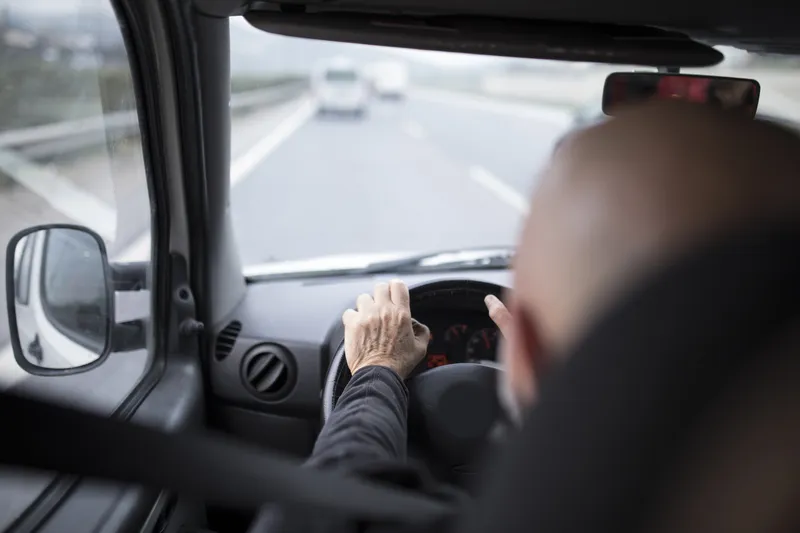TRW Automotive demonstrated its driver assist systems (DAS) and outlined expected trends in sensor technologies during the company's recent bi-annual Ride and Drive event at the Hockenheimring in Germany.
According to Andrew Whydell, TRW Electronics’ director of product planning, DAS has and will continue to be a focal point for the automotive industry as governments and industry bodies strive to reduce road fatalities worldwide. For example, the European New Car Assessment Program (EuroNCAP) and the Ins
June 5, 2014
Read time: 3 mins
According to Andrew Whydell, TRW Electronics’ director of product planning, DAS has and will continue to be a focal point for the automotive industry as governments and industry bodies strive to reduce road fatalities worldwide. For example, the European New Car Assessment Program (EuroNCAP) and the
From 2014,
Whydell continued: "TRW has broad experience in radar and video camera systems and we anticipate exponential growth in these technologies over the next decade. We are now implementing our third and fourth generation sensor systems which not only help to address the more immediate industry requirements, but also play a fundamental role in enabling semi- and automated driving.
"As we move towards cars that allow the driver to take their hands off the wheel for periods of time, we'll start to see additional sensors being fitted to monitor 360 degrees around the vehicle and also the driver's attention level. The systems will need to allow time for a distracted driver to be able to retake control of the vehicle. Radar sensors will therefore require a wider field of view at shorter range, combined with an overall longer range detection capability. Next generation video camera sensors will likely have lenses which can extend the range for detecting vehicles to 250m and beyond for highway driving, while also allowing you to see what is happening close to the vehicle when manoeuvring at low speed.
"We continue to develop a flexible and scalable family of sensors that can fully address future industry requirements and support vehicle manufacturers across all vehicle segments and in all markets."








